NASA study highlights importance of surface shadows in moon water puzzle
Monday, 02 August 2021 16:29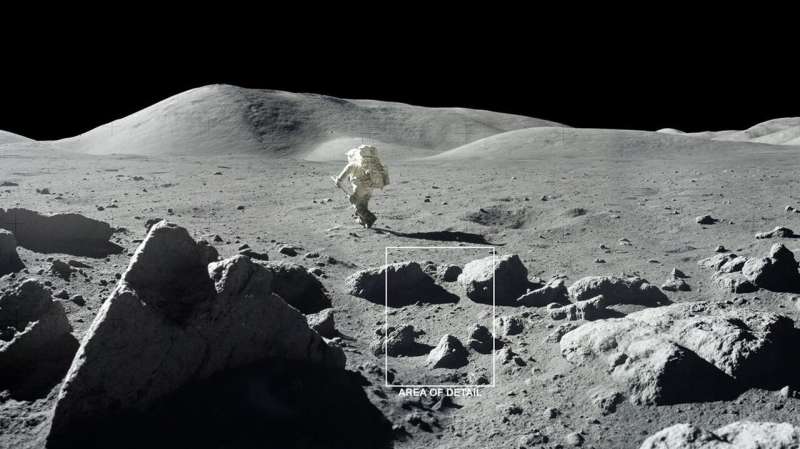
The shadows cast by the roughness of the Moon's surface create small cold spots for water ice to accumulate even during the harsh lunar daytime.
Scientists are confident that water ice can be found at the Moon's poles inside permanently shadowed craters – in other words, craters that never receive sunlight.
Military communications payloads could hitchhike on future GPS satellites
Monday, 02 August 2021 15:47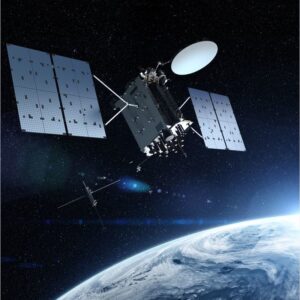
The next generation of Global Positioning System satellites could host additional payloads to provide communications services.
First additively-manufacture thermal protection shield is going to space
Monday, 02 August 2021 14:00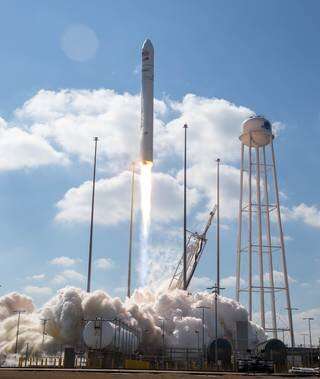
A research team at Oak Ridge National Laboratory have 3D printed a thermal protection shield, or TPS, for a capsule that will launch with the Cygnus cargo spacecraft as part of the supply mission to the International Space Station. The launch will mark the first time an additively manufactured TPS has been sent to space.
Scientists worked with NASA to develop materials designed to withstand extreme temperatures encountered when objects reenter the atmosphere. The TPS protects a basketball-sized capsule that was developed by the University of Kentucky as a testbed for entry system technologies.
Smoke billows from fires in Turkey
Monday, 02 August 2021 13:43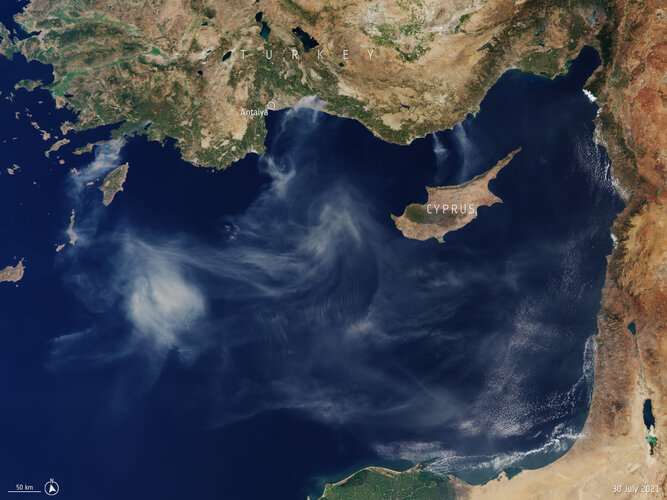 Image:
Captured by the Copernicus Sentinel-3 mission on 30 July 2021, this image shows smoke billowing from several fires along the southern coast of Turkey.
Image:
Captured by the Copernicus Sentinel-3 mission on 30 July 2021, this image shows smoke billowing from several fires along the southern coast of Turkey. Parikh named executive secretary of National Space Council
Monday, 02 August 2021 13:00
The White House has named a former director of space policy at the National Security Council as the new executive secretary of the National Space Council.
Former NASA official joins Nanoracks to lead commercial space station work
Monday, 02 August 2021 12:00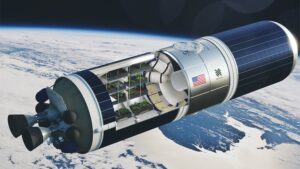
Commercial space services company Nanoracks has hired a former NASA official most recently involved with planning for the Artemis program to lead its efforts to develop commercial space stations.
Chinese space firm launches and lands small test rocket
Monday, 02 August 2021 09:24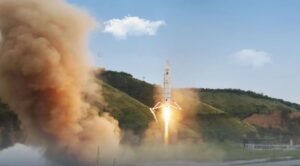
Chinese private launch company Deep Blue Aerospace carried out a first low-altitude vertical takeoff, vertical land test late July.
ESA gets ready for double Venus flyby
Monday, 02 August 2021 09:00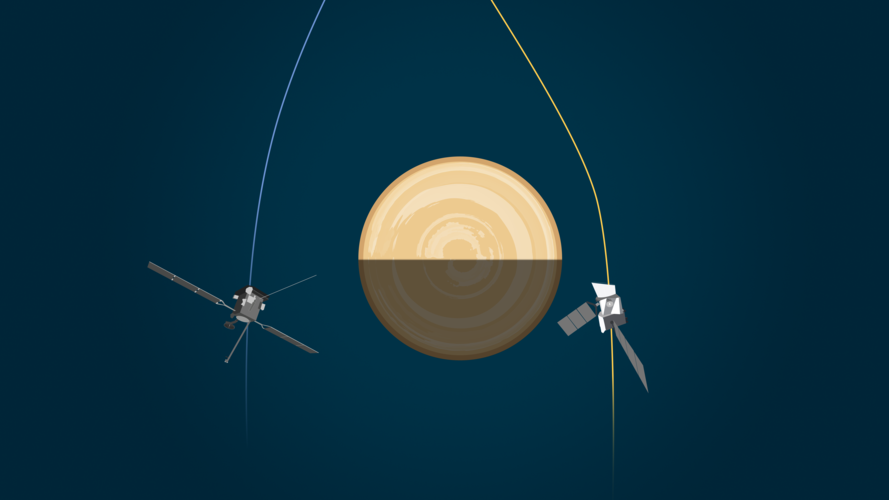
Solar Orbiter and BepiColombo are set to make space history with two Venus flybys just 33 hours apart on 9 and 10 August.
Science in motion for ExoMars twin rover
Monday, 02 August 2021 08:59
The first science tests for the ExoMars rover replica kicked off after several weeks of driving tests around the Mars Terrain Simulator at the ALTEC premises in Turin, Italy.
Accounting for Earth’s water cycle
Monday, 02 August 2021 06:30
The amount of water on Earth is finite. Sustaining life, this precious resource has been circulating between Earth’s surface and atmosphere for over four billion years, and changing between a liquid, a solid and a gas along the way. Although the total amount of water within the cycle remains constant, the way it is split between its various reservoirs changes continually. With the climate crisis leading to more extreme droughts and floods, the availability of enough freshwater where we need it is a growing concern. How can we be sure that we are using our water resources sustainably?
Starliner resets for next launch attempt after ISS problems
Sunday, 01 August 2021 23:23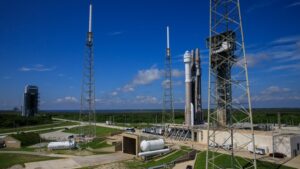
NASA and Boeing say they’re ready to make a second attempt to launch the company’s CST-100 Starliner spacecraft on an uncrewed test flight after an incident at the International Space Station called off the first attempt last week.
A hundred days of science for Thomas
Sunday, 01 August 2021 08:47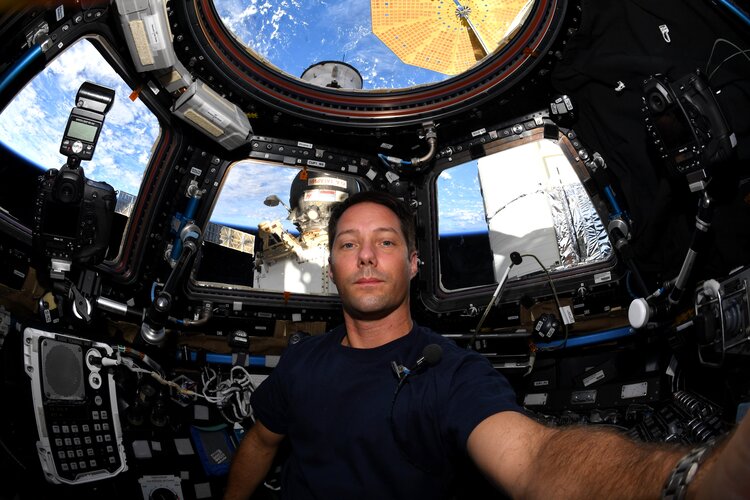
“I am finding it magical every day, but there is also a lot of routine,” says ESA astronaut Thomas Pesquet reflecting on his first 100 days aboard the International Space Station during his second mission. In total, Thomas has logged 296 days in space.
Senate confirms NASA CFO
Saturday, 31 July 2021 20:43
The Senate confirmed the White House’s nominee to be chief financial officer of NASA July 30, rounding out the senior leadership positions at the agency.
Geologists take Earth's inner temperature using erupted sea glass
Saturday, 31 July 2021 13:54 If the Earth's oceans were drained completely, they would reveal a massive chain of undersea volcanoes snaking around the planet. This sprawling ocean ridge system is a product of overturning material in the Earth's interior, where boiling temperatures can melt and loft rocks up through the crust, splitting the sea floor and reshaping the planet's surface over hundreds of millions of years.
If the Earth's oceans were drained completely, they would reveal a massive chain of undersea volcanoes snaking around the planet. This sprawling ocean ridge system is a product of overturning material in the Earth's interior, where boiling temperatures can melt and loft rocks up through the crust, splitting the sea floor and reshaping the planet's surface over hundreds of millions of years. Ball Aerospace completes preliminary design review of NOAA's Space Weather Satellite
Saturday, 31 July 2021 13:54 Ball Aerospace successfully completed the preliminary design review (PDR) for the National Oceanic and Atmospheric Administration's (NOAA's) Space Weather Follow On-Lagrange 1 (SWFO-L1) spacecraft. With PDR complete, the spacecraft now moves into the critical design phase.
Ball was awarded the contract to design and build the SWFO-L1 spacecraft on June 25, 2020 by NASA's Goddard Space Flig
Ball Aerospace successfully completed the preliminary design review (PDR) for the National Oceanic and Atmospheric Administration's (NOAA's) Space Weather Follow On-Lagrange 1 (SWFO-L1) spacecraft. With PDR complete, the spacecraft now moves into the critical design phase.
Ball was awarded the contract to design and build the SWFO-L1 spacecraft on June 25, 2020 by NASA's Goddard Space Flig 